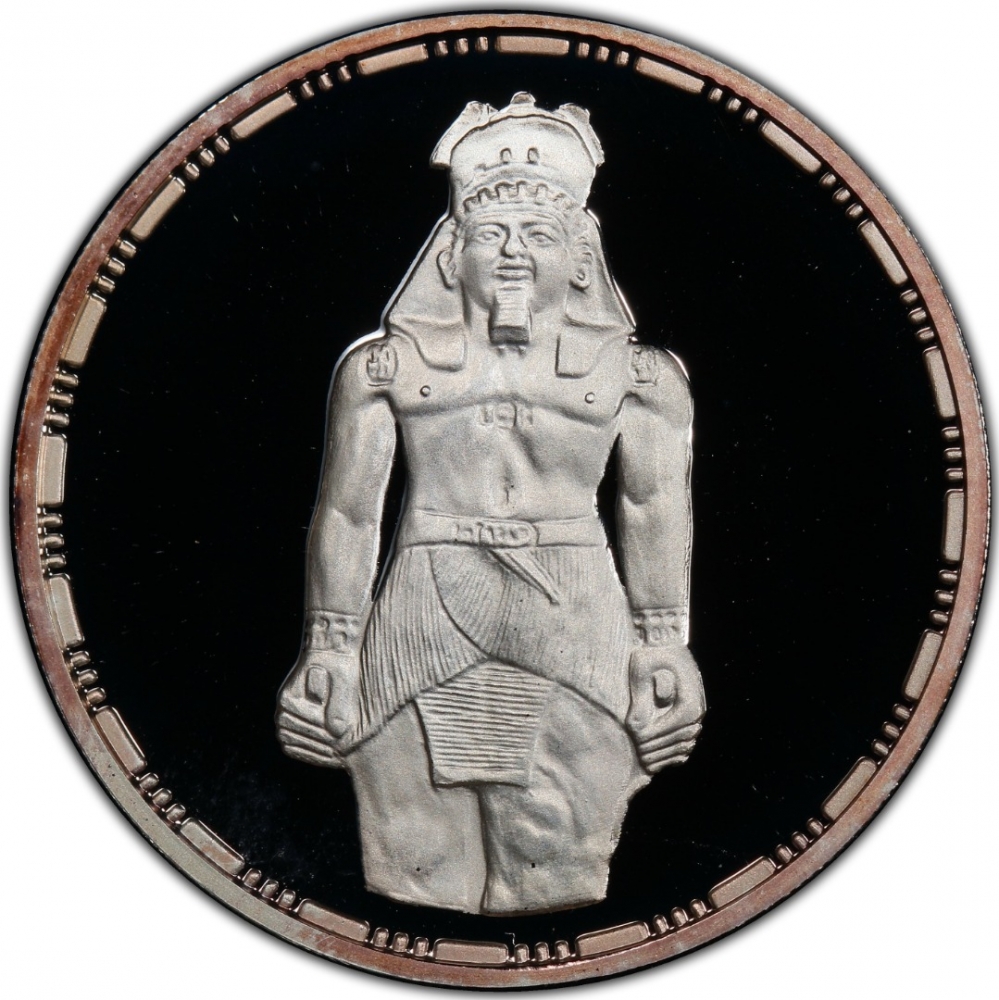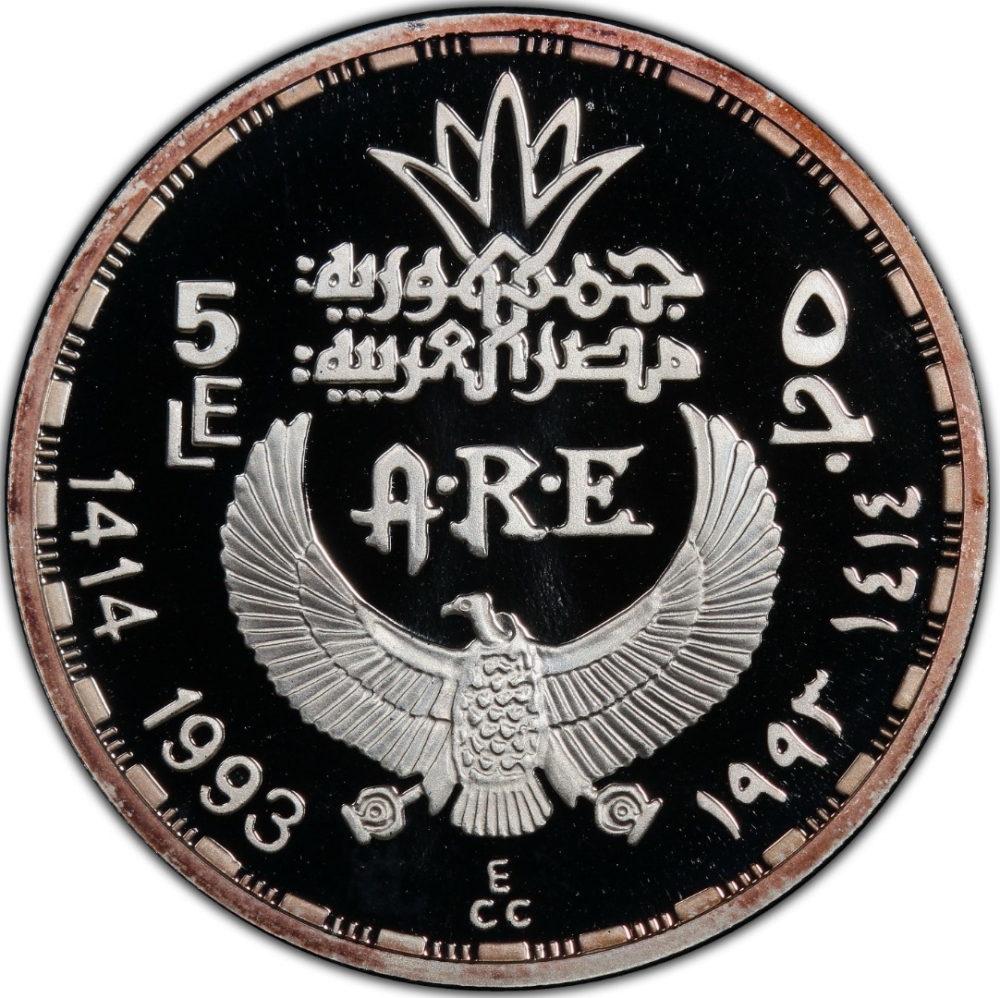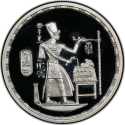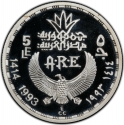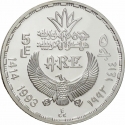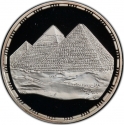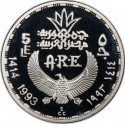You are about to finish your registration. Please check your mailbox (including spam folder). There should be a letter with a confirmation link. Check setting to make sure that your e-mail address is correct.
Send letter againDescription
Ramesses II ('Ra is the one who bore him' or 'born of Ra', c. 1303– 1213 BC; reigned 1279–1213 BC), also known as Ramesses the Great, was the third pharaoh of the Nineteenth Dynasty of Egypt. He is often regarded as the greatest, most celebrated, and most powerful pharaoh of the New Kingdom, itself the most powerful period of Ancient Egypt. His successors and later Egyptians called him the "Great Ancestor".
He is believed to have taken the throne in his late teens and is known to have ruled Egypt from 1279 to 1213 BC. Estimates of his age at death vary; 90 or 91 is considered most likely. On his death, he was buried in a tomb in the Valley of the Kings; his body was later moved to a royal cache where it was discovered in 1881, and is now on display in the Egyptian Museum.
Obverse

|
Depicts the Statue of Ramesses II. |
|---|---|
Reverse

|
Stylized state name (Arab Republic of Egypt) divides denomination in Arabic and English and abbreviation of state name (A.R.E.) below, the date in Arabic (Hijri) and Western (Georgian) divides by a vulture with open wings. Engraver's initials (ECC) below. 5 ٥ جمهورية مصر العربية |
| Edge |
5 Pounds
Pharaonic Treasure / Ancient Egyptian Art
Statue of Ramesses II
Subscribe series
KM# 745
Pharaonic Treasure / Ancient Egyptian Art
Statue of Ramesses II
